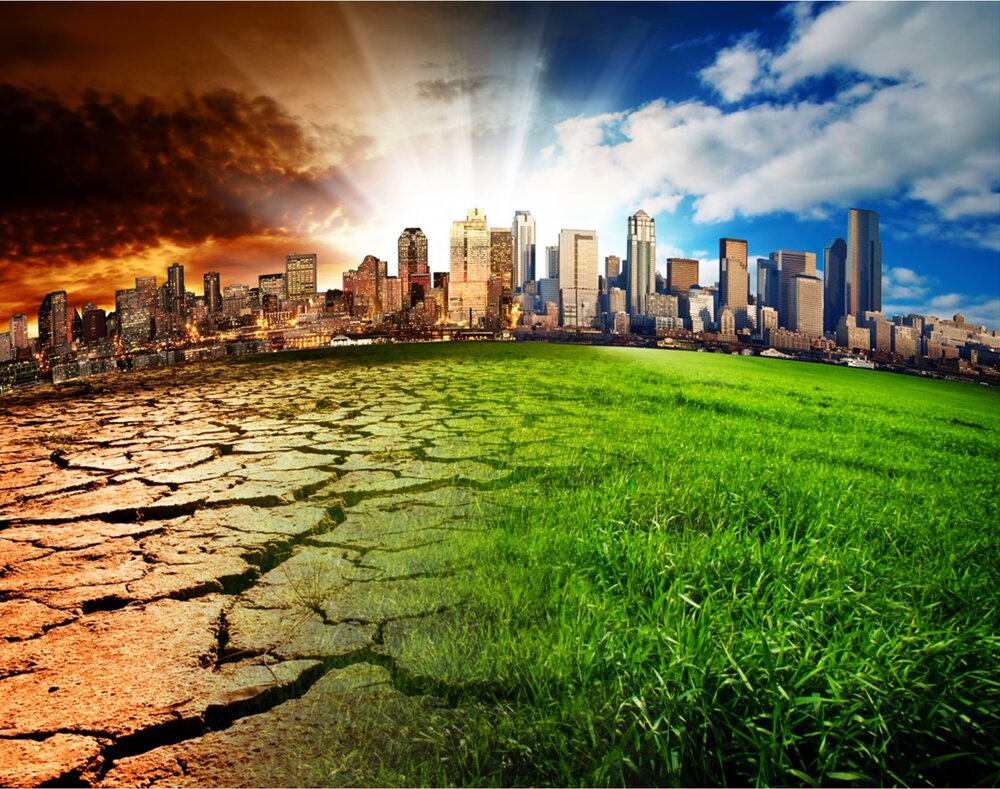INSUBCONTINENT EXCLUSIVE:
Climate change is one of the most significant environmental problems in the world, which refers to long-term shifts in temperatures and
Some human activities such as burning fossil fuels have caused the production of greenhouse gases and global warming
Nations reports, the consequences of global warming are intense droughts, water scarcity, severe fires, rising sea levels, flooding, melting
resulting in forced migrations as well as social and political problems
However, climate change adaptation strategies could reduce the negative impacts and provide new opportunities for taking advantage of
them.In an exclusive interview with the Tehran Times, Maryam Rezaei Ghaleh, a researcher and expert in the urban landscape, climate change,
and environmental health, said that nature-based solutions in urban areas are recognized as a critical strategy against the threats of
predicted that this proportion will increase to 70% by 2050
Cities are more vulnerable to climate change, and these changes might intensify the harmful effects of rapid urbanization and population
International organizations have committed many countries to reducing greenhouse gas emissions
Along with these mitigation strategies, adaptation strategies are also considered to minimize the adverse effects of climate change, improve
necessary as a complement to mitigation strategies
This approach is not a new topic, and in the past, many societies have developed their cities to mitigate the extremely variable climate
With regard to current situations, we need adaptation strategies more than ever.Q: What are urban nature-based solutions?A: Among adaptation
strategies, nature-based solutions have the potential to face the challenges of climate change and urbanization
the city's natural ecosystems, including urban green and blue Infrastructure
They have many benefits while being affordable and accessible
Green Infrastructure includes any public green space in the city, such as urban forests, urban farms and urban gardens, parks, trees in
streets, green roofs, and green walls in buildings.Besides, blue Infrastructure includes waterways, wetlands, permanent and seasonal rivers,
As a result, blue and green Infrastructure, the interconnected network of natural and semi-natural areas, is vital for making city and
landscape resilient to mitigate climate threats such as reducing the temperature and flood risk.Q: How can nature-based solutions and green
Infrastructure contribute to climate change adaptation?A: Climate change, along with the growth of urbanization, has increased the
temperature in urban areas
So, the goal of the Paris Agreement is to limit governments from raising the global temperature to less than 2 degrees Celsius
Some research works have shown urban green Infrastructure could reduce temperature
Especially, trees and their shade could decrease urban heat more than other vegetation.Green and blue Infrastructure can provide an
opportunity to use floods and adapt to future climate changes
This Infrastructure can manage flash floods, collect flood water, and distribute it simultaneously
Therefore, this system can not only reduce the adverse effects of seasonal floods but also adapt to climate change through drought
conditions.Q: What challenges does the implementation of nature-based solutions face in Iranian cities?A: Like other cities worldwide,
Iranian cities have been affected by climate change impacts
The main consequences of climate change in Iran are extreme heat, lack of rainfall, and floods
nature-based solutions for temperature reduction and flood management are valuable for Iranian cities
In the past, there have been many gardens in and around the Iranian cities
construction in cities, most of these gardens and yards have disappeared
Therefore, preserving the remaining urban gardens and using their benefits with correct and integrated urban management and planning is
It is worth mentioning that replacing these trees requires a lot of time, and due to the lack of water, it cannot be easily compensated.

